How to clean a tropical fish tank
Clean tanks equal happy owners, so by keeping your tank clean, you are more likely to enjoy it and stay in the hobby. Clean tanks are better for fish too, as dirty tanks can mean disease.
Cleaning the inside glass
The glass is the one thing about your aquarium that will need cleaning the most frequently. Light plus water almost always means algae, and tank glass can go from clean to green on an almost daily basis. An algae pad is an aquarium safe scourer that you use to scrub green algae off fish tank glass. With lots of elbow grease, rub the pad up and down the inside glass and most if not all of the algae will come off.
There is one small hazard to be aware of with algae wiping, and that’s getting any sand, gravel or grit between the algae pad and the tank glass, and scratching it. Do this and you won’t be able to remove the scratch and scratches aren’t covered under manufacturers warranties, so you’ll be stuck with it.
An experienced algae wiper will wipe carefully above the gravel layer and inspect the pad by eye to make sure there’s no grit in it. If there is, try rinsing the pad vigorously under the tap, or flip it over and clean with the other side. Can’t reach the bottom? Choose an algae pad on a handle for tall tanks.
Algae magnets
Algae magnets are a wonderful thing because they clean the algae off the front glass while keeping your hands dry. They do this by using two magnets, one on the outside of the tank and one on the inside, which clamp together and sandwich the tank glass in between them.
Slide the outer magnet across the tank glass and the inner one follows, taking off algae as it does so. Kids love them because they look like magic, and you can even traverse corners with them, moving from front to side glass and back again.
Algae magnets vary in size, price and capability. Small magnets are only intended for thin glass, while the thicker glass on large aquariums will require very big, powerful magnets. Some come with metal blades for extra scraping of stubborn algae while others float, which is really useful if they come apart and fall off into the tank.
Just like with the algae pads, make sure no grit gets between the magnet and the tank glass as it will scratch, and keep large magnets away from small fingers as when away from the glass they snap shut with ferocity.
Want to know how to clean sand and gravel? Click here
Cleaning the outside glass
Drips can be wiped off with a kitchen towel or even newspaper, but fish safe cleaner sprays are available to remove dried-on marks and limescale and are safer than using household cleaning fluids and risking getting them in the tank. The outer side of an algae magnet has a thin felt pad that does a small amount of polishing, but apart from that, it's elbow grease.
How to clean aquarium decoration
Decor can be scrubbed with an algae pad or a small brush. Clean in the tank before conducting a water change, or for more stubborn algae, remove the ornament or plastic plant and scrub over a sink. Hot water can help to remove dirt, and it can be rinsed vigorously with a showerhead afterwards.
Cleaning equipment
Heaters can be scrubbed carefully with an algae pad, but must, of course, be switched off and unplugged if removed from the water. Make sure it feels cool before removing and cleaning.
Internal canister filters can be scrubbed with an algae pad but media should only ever be cleaned in old tank water. Impellers and shafts can be cleaned carefully with a small brush or old toothbrush, but make sure delicate ceramic impeller shafts aren’t snapped during cleaning.
Cover glasses
Dirty plastic or glass cover glasses prevent light from penetrating, so clean regularly. If they can be removed, clean them over a sink or outside. Blades can be used on glass to remove stubborn limescale and dried fish food.
Cabinets and hoods
Melamine or MDF aquarium cabinets can be cleaned with furniture polish, but make sure the polish is applied to the duster away from the tank, not sprayed on to the cabinet from a distance. Hoods can simply be wiped with a damp cloth or sponge, and avoid spraying any household cleaning fluids on them.
General tips
- For less algae, lessen the duration that the tank lights are on for. Even planted aquaria can go right down to eight hours of light out of 24. For tanks without plants, only have the light on when viewing the fish and turn the light off when you aren’t there. Fish will be fine in ambient room light.
- Airstones cause splashing, drips and limescale build-up on hoods, lights and cover glasses. Clean regularly to stop build-up and make sure water isn’t running down the back of the tank.
- All pumps enable impeller access and if a pump or power filter stops, check and clean the impeller.
- Combine algae wiping with filter maintenance and a water change as part of your regular maintenance routine.
- Although some fish species are sold as “cleaner fish” they themselves create waste and are no substitute for regular, essential maintenance.




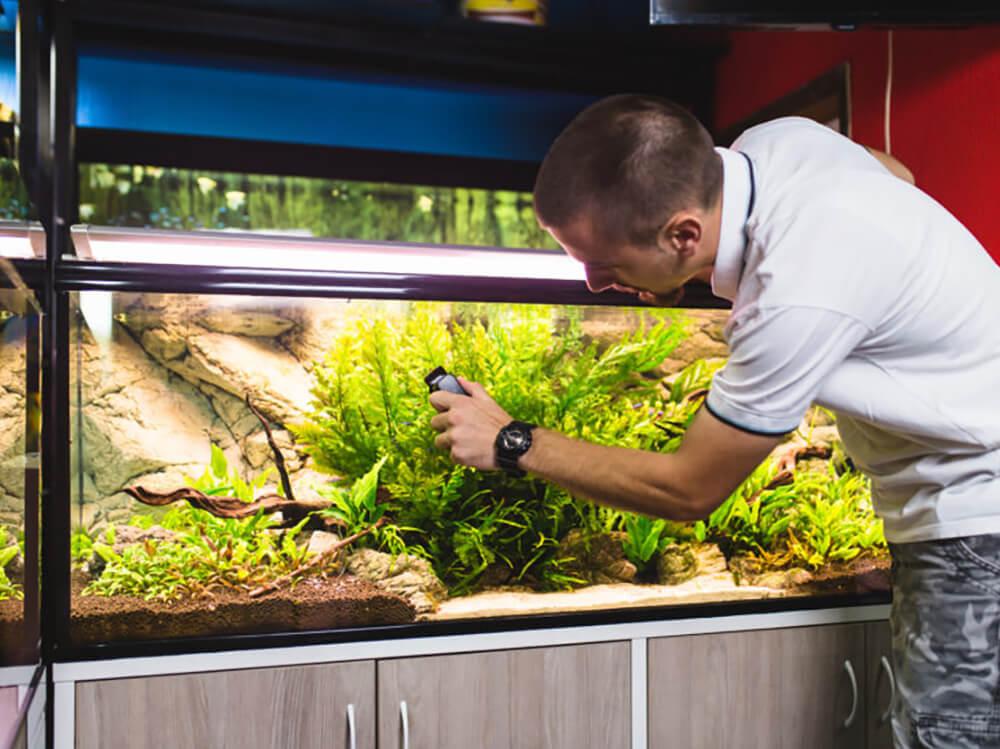
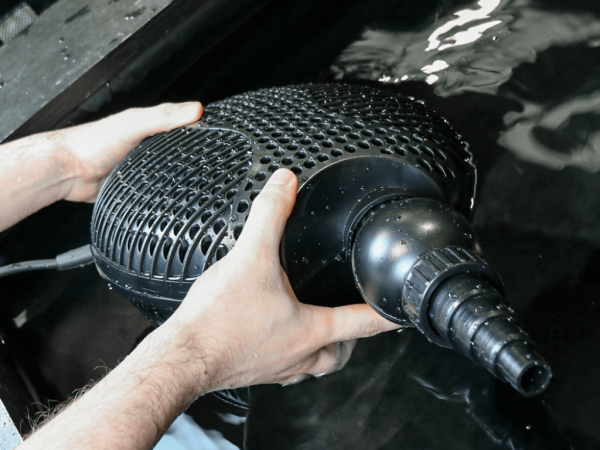
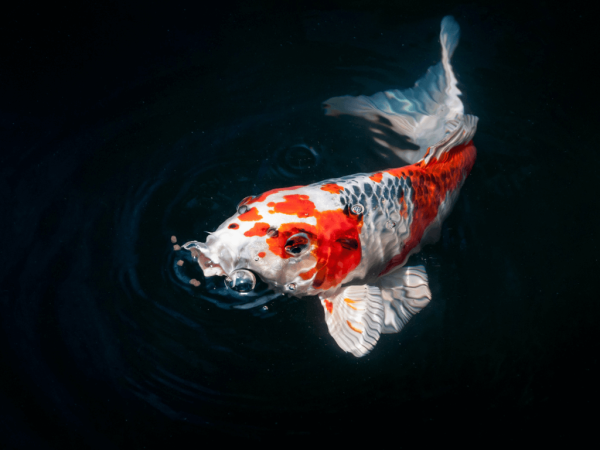
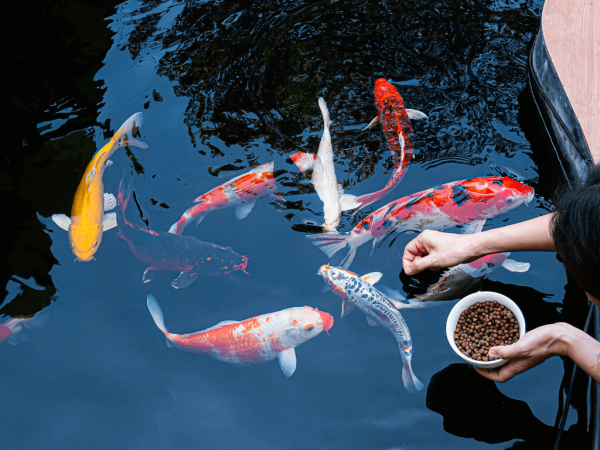
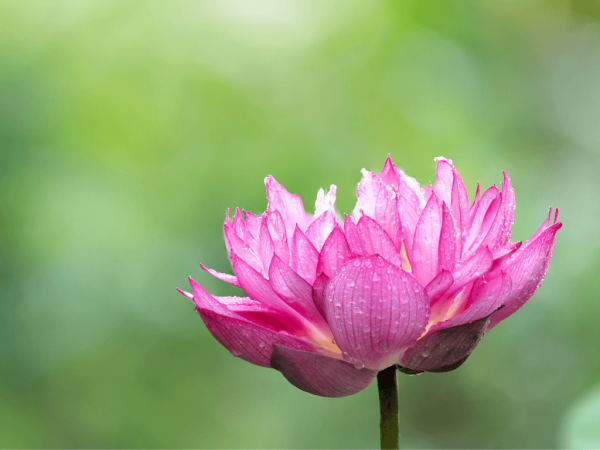
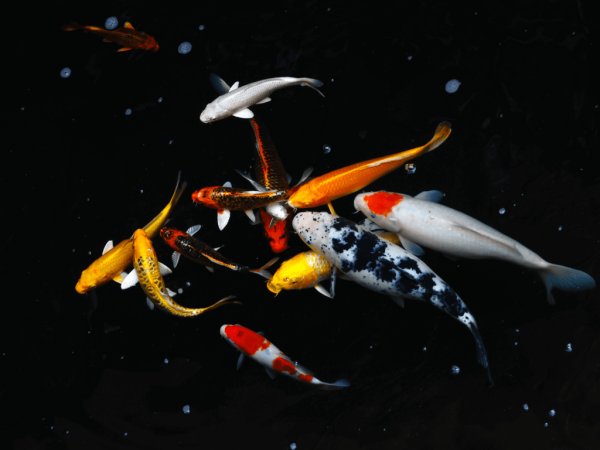
Hope this helps : )